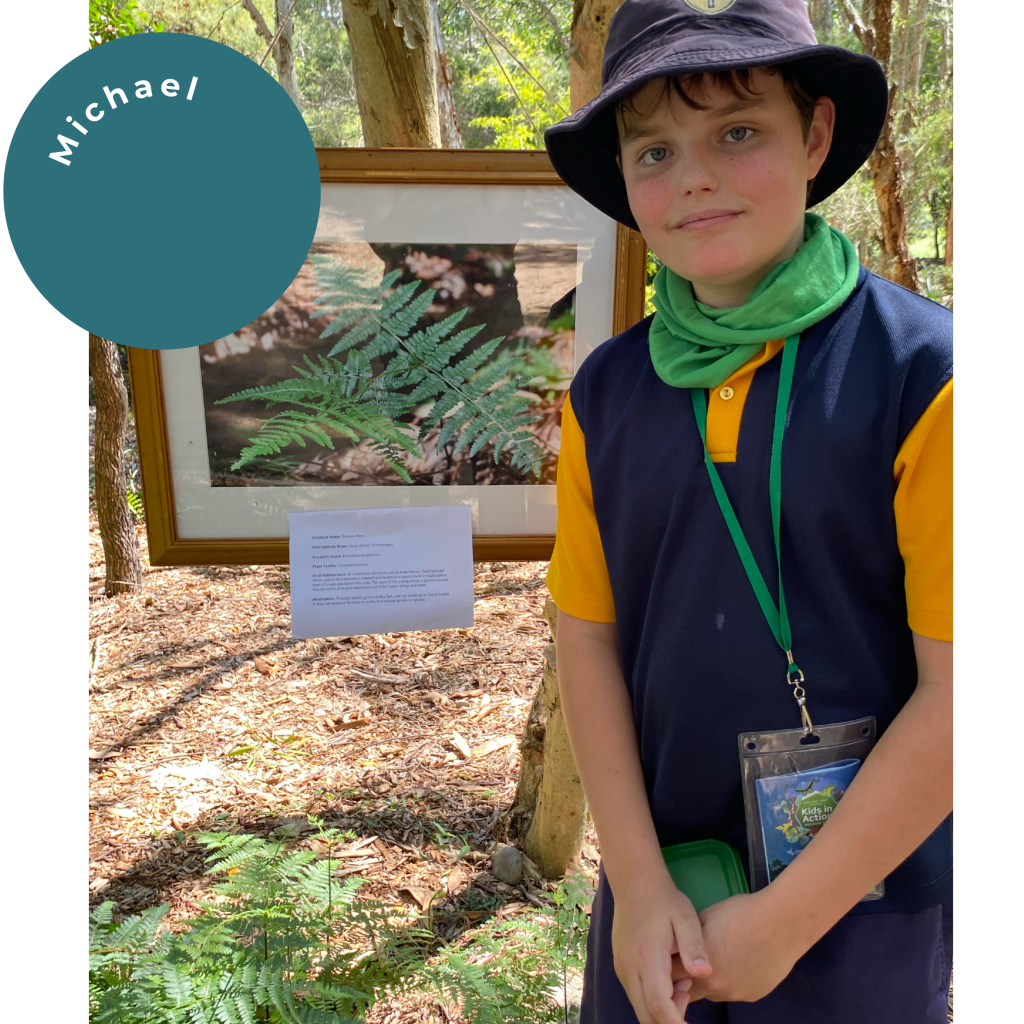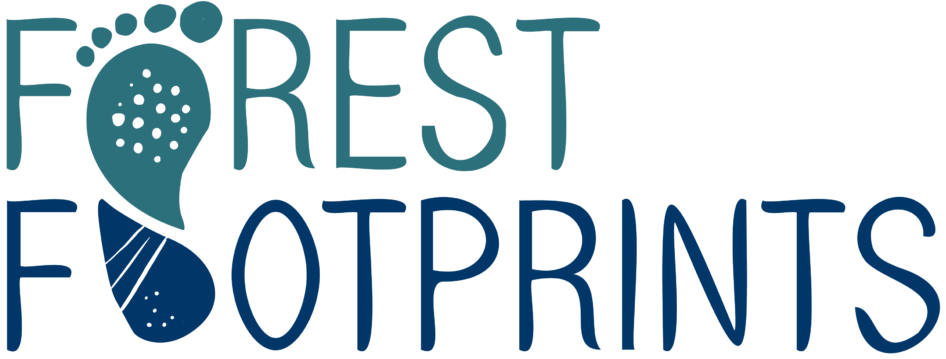Bracken Fern
Pteridium esculentum
Common name:
Bracken Fern
First Nations name:
Gurgi (Eora/Yura people)
Scientific name:
Pteridium esculentum
Height:
Triangle leaves, grows really fast, and can reach up to 2 meters in height.
Leaves:
Has large, triangular fronds that are dark green and leathery, with reddish hairs on the edges and fine white hairs underneath.
Flowers:
Bracken Fern does not produce flowers or seeds but instead produces spores.
First Nations uses:
Used as a mattress, ointment, and to make bread. Underground stems, called rhizomes, were roasted and beaten to a paste to make a type of bread and taste like nuts. The juice of the young stems is poisonous and was not eaten, but gave immediate relief for insect stings and bites.


Conservation status:
Not listed as threatened or endangered. It is considered widespread and common.
Geographical location:
Bracken Fern is native to Australia and commonly found at relatively low density in dry eucalypt forests. Clearing of land tends to increase its density.
Research:
Michael

Interesting fact:
The cream flowers have a strong fragrance to attract pollinators, which for this plant is a beetle (small brown weevil). As it is reliant on a single genus of weevil for pollination, it is considered a relict plant. If this genera of weevils experience a significant decline, due to increased use of pesticides or changing environmental conditions, the bolwarra could eventually become at risk of extinction.
